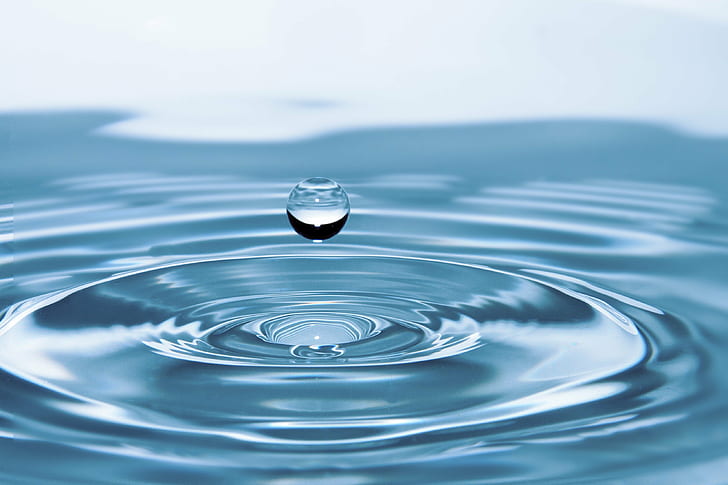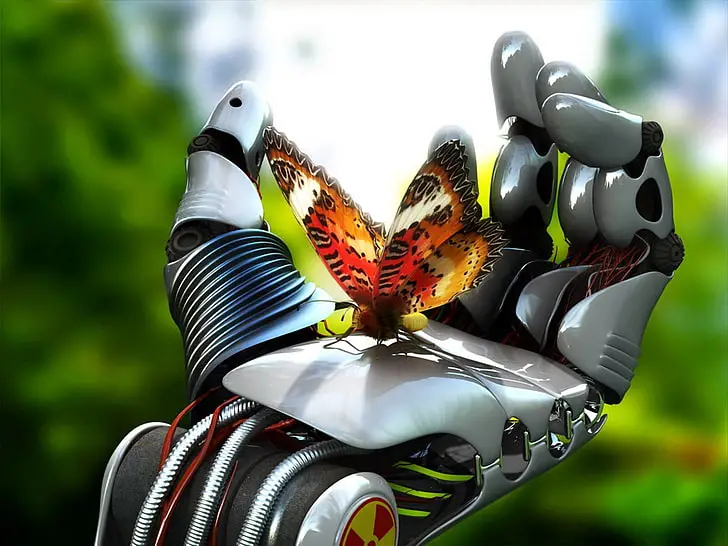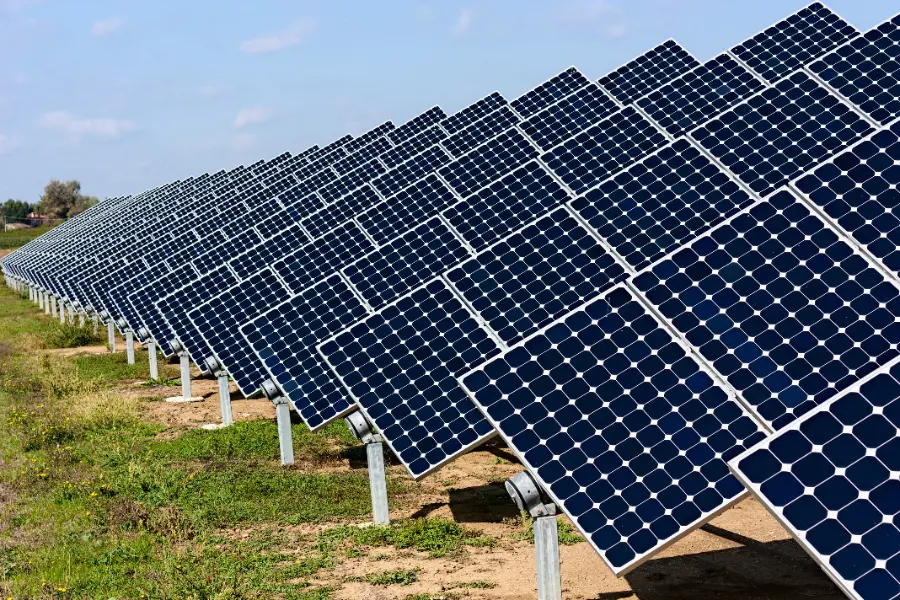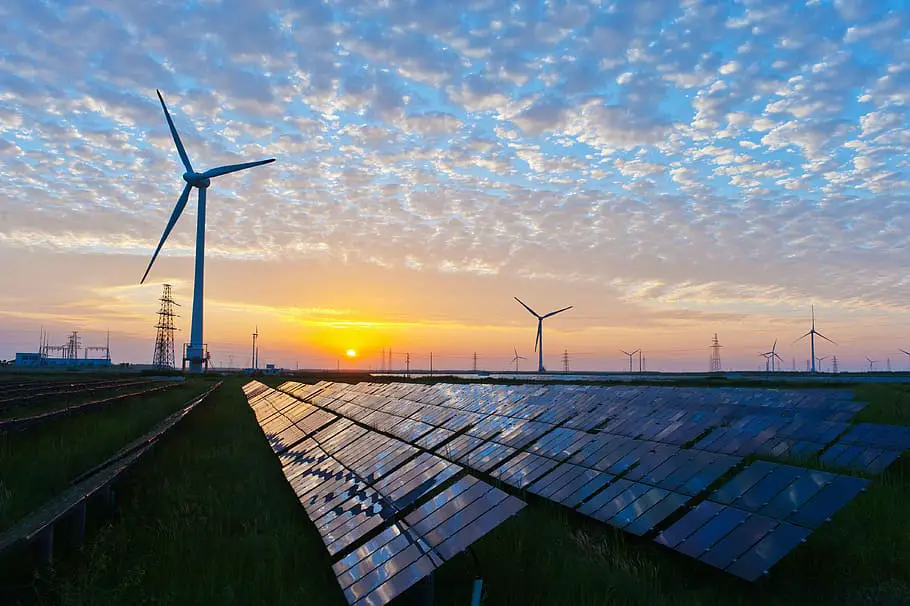
Explore green technology solutions for clean water in our latest blog post. Discover how innovation is addressing the water crisis and shaping a sustainable future.
Dive into the world of green technology solutions for clean water with us!
As we face increasing environmental challenges, it’s heartening to see how innovation is stepping up to the plate.
From solar distillation to advanced oxidation processes, green technology is not just making waves, but creating a ripple effect of positive change in the realm of clean water.
Let’s embark on this enlightening journey together, shall we?
Green Technology Solutions For Clean Water
Welcome to our deep dive into the fascinating world of green technology solutions for clean water.
In this post, we’ll explore how cutting-edge technologies are revolutionizing the way we access and purify water.
We’ll touch on the pressing water crisis, the role of green technology in tackling this issue, and the exciting solutions that are making clean water more accessible than ever.
From solar distillation to bio-remediation, and from case studies to future prospects, we’ve got a lot to cover.
So, grab a glass of H2O and join us on this enlightening journey!
Definition of Green Technology
Let’s start with the basics. What exactly is green technology?
Well, in simple terms, green technology, also known as clean technology or environmental technology, refers to the use of science and technology to create products and services that are environmentally friendly.
These technologies help in conserving natural resources, reducing emissions, and creating sustainable solutions for our everyday needs.
They are the superheroes of the modern world, fighting the good fight against environmental degradation!
Importance of Clean Water
Now, let’s talk about something we all love, water.
It’s more than just a thirst quencher. Clean water is a fundamental human need, vital for our survival.
It’s essential for everything from drinking and cooking to sanitation and agriculture.
But here’s the catch. While our planet is covered in water, only a small fraction of it is fresh and safe for consumption.
This makes the preservation and purification of clean water one of the most pressing issues of our time.
Brief Overview of the Role of Green Technology in Providing Clean Water Solutions
So, where does green technology come into the picture? Well, green technology plays a pivotal role in providing clean water solutions.
It offers innovative methods to purify and conserve water, making it safe for consumption and use.
From harnessing solar energy for distillation to using nanotechnology for water purification, green technology is at the forefront of ensuring we have access to clean water.
But that’s just the tip of the iceberg. We’ll delve deeper into these solutions as we move along in this post.
So, stick around, there’s a lot more to come!
The Water Crisis and the Need for Green Technology
As we dive deeper into our journey, it’s time to address a pressing issue that’s impacting our planet, the water crisis.
It’s a stark reality that many parts of the world are grappling with water scarcity and pollution. But don’t lose hope just yet!
This is where green technology steps in, like a knight in shining armor. With its innovative solutions, green technology is playing a crucial role in tackling the water crisis head-on.
So, let’s delve into the depths of this crisis and explore how green technology is turning the tide. Ready to dive in? Let’s go!
Current Global Water Crisis Statistics
Let’s start with some numbers to give us a clearer picture. According to the United Nations, around 2.2 billion people worldwide don’t have access to safely managed drinking water services.
That’s almost a third of the global population! And it’s not just about drinking water.
About 4.2 billion people, more than half the global population, lack access to safely managed sanitation services.
These statistics are more than just numbers; they represent the harsh reality that many people face every day.
The Role of Green Technology in Addressing the Water Crisis
Now, let’s talk about the beacon of hope in this scenario, green technology.
Green technology is stepping up to address the water crisis in several innovative ways.
It’s not just about providing immediate solutions. It’s about creating sustainable methods that can help us manage our water resources more effectively in the long run.
For instance, green technology solutions like solar distillation and bio-filtration are helping to purify water in areas where traditional water treatment methods may not be feasible or effective.
Similarly, advanced oxidation processes and nanotechnology are being used to remove contaminants from water, making it safe for consumption.
Moreover, green technology is also playing a significant role in water conservation.
From smart irrigation systems that reduce water wastage in agriculture to rainwater harvesting systems that collect and store rainwater for later use, green technology is helping us make the most of every drop.
In a nutshell, green technology is not just addressing the water crisis. It’s reshaping our approach to water management.
It’s showing us that with the right tools and technologies, we can overcome the water crisis and ensure a sustainable future for all.
Green Technology Solutions for Clean Water
Now that we’ve set the stage, it’s time to dive into the heart of the matter, the green technology solutions for clean water.
These innovative solutions are not just addressing the water crisis, but they’re also revolutionizing the way we think about water purification and conservation.
From harnessing the power of the sun to using the tiniest particles for filtration, green technology is truly pushing the boundaries of what’s possible.
So, let’s roll up our sleeves and delve into these exciting solutions that are making clean water accessible to more and more people around the world.
Ready to get started? Let’s dive in!
Solar Distillation
Let’s start with a solution that’s as old as time yet as innovative as ever, solar distillation.
It’s a simple yet effective process that mimics the natural water cycle.
Here’s how it works: water is evaporated using solar energy, and then it’s condensed back into its liquid form, leaving behind impurities.
The beauty of solar distillation is that it’s completely powered by renewable energy and doesn’t require complex machinery.
It’s a shining example of how we can harness the power of nature to address our water needs.
Bio-filtration and Bio-remediation
Next up, we have bio-filtration and bio-remediation, two biological processes that use natural organisms to treat contaminated water.
Bio-filtration uses bacteria, fungi, and other microorganisms to break down pollutants, while bio-remediation uses plants and microorganisms to absorb or break down contaminants.
These methods are not only effective but also environmentally friendly, as they don’t produce harmful by-products.
It’s truly amazing how nature has its own ways of cleaning up!
Advanced Oxidation Processes
Moving on, let’s talk about Advanced Oxidation Processes (AOPs).
These processes involve the use of oxidants to remove organic and inorganic compounds from water.
The most common AOPs include ozone-based processes, hydrogen peroxide, and UV radiation.
While these processes might sound complex, they’re incredibly effective at purifying water and making it safe for consumption.
Nanotechnology in Water Purification
Now, let’s get a bit technical with nanotechnology.
This involves the use of tiny particles (we’re talking about particles that are about 1 to 100 nanometers in size!) to remove contaminants from water.
Nanotechnology can be used to create filters that can remove even the smallest impurities, making it a promising solution for water purification.
Desalination
Last but not least, we have desalination. This process involves removing salt and other minerals from seawater, making it safe for consumption.
While desalination has been around for a while, green technology is making it more energy-efficient and accessible.
It’s a game-changer, especially for regions that have limited freshwater resources but have access to seawater.
Each of these solutions showcases the power of green technology in providing clean water.
They’re proof that with innovation and a bit of green thinking, we can tackle the water crisis head-on.
Case Studies of Green Technology for Clean Water
Now that we’ve explored the various green technology solutions for clean water, let’s bring these concepts to life with some real-world examples.
In this section, we’ll delve into case studies that showcase how these technologies are being implemented around the globe.
From solar distillation projects in remote communities to large-scale desalination plants in coastal cities, these case studies will give us a glimpse into the practical applications of green technology.
So, are you ready to see these solutions in action? Let’s dive into these inspiring stories of innovation and resilience!
Case Study 1: Solar Distillation Project in Rural India
In the arid regions of Rajasthan, India, access to clean water has always been a challenge.
However, a solar distillation project has brought about a significant change.
The project involved setting up solar stills that use the sun’s heat to evaporate water, leaving behind impurities.
The vapor then condenses on the cool surface of the still and is collected as clean water.
This simple yet effective solution has not only provided the villagers with clean water but also empowered them to maintain and manage the system themselves.
Case Study 2: Bio-filtration Project in Melbourne, Australia
Melbourne, Australia, faced a significant challenge with stormwater pollution.
To tackle this issue, a bio-filtration project was launched. The project involved setting up bio-filters, also known as rain gardens, across the city.
These bio-filters use plants and microorganisms to filter pollutants from the stormwater.
Over time, these bio-filters have significantly improved the quality of stormwater runoff, making a positive impact on the city’s waterways.
Case Study 3: Desalination Project in Saudi Arabia
Saudi Arabia, a country with scarce freshwater resources but abundant seawater, has turned to desalination as a solution.
The country is home to one of the world’s largest desalination plants, the Ras Al Khair Desalination Plant.
This plant uses reverse osmosis to remove salt and other minerals from seawater, providing a significant portion of the country’s freshwater needs.
The Future of Green Technology in Water Purification
As we’ve journeyed through the present landscape of green technology solutions for clean water, it’s time to cast our eyes toward the horizon.
What does the future hold for green technology in water purification? With rapid advancements in technology and a growing emphasis on sustainability, the future looks promising indeed.
In this section, we’ll explore upcoming technologies, ongoing research, and the potential impact they could have on the water crisis.
So, fasten your seatbelts as we take a leap into the future of green technology in water purification. Ready for the ride? Let’s go!
Upcoming Technologies and Research
The future of green technology in water purification is brimming with possibilities.
Researchers and innovators around the globe are working tirelessly to develop new and improved methods for water purification.
For instance, graphene-based filters are being explored for their potential to filter out even the smallest contaminants.
Similarly, research is being conducted into the use of bio-inspired materials for water purification. Think materials that mimic the water purification processes found in nature.
Another exciting area of research is the use of artificial intelligence and machine learning in water management.
These technologies could help us predict water demand, detect leaks, and optimize water treatment processes.
Imagine a future where your home water system can predict your water usage, optimize water purification based on the quality of incoming water, and even alert you to potential leaks!
Potential Impact on the Water Crisis
The potential impact of these upcoming technologies on the water crisis is immense.
As these technologies become more accessible and affordable, they could significantly improve access to clean water, especially in regions where traditional water treatment methods are not feasible or effective.
Moreover, these technologies could also play a crucial role in water conservation.
By making water treatment processes more efficient and reducing water wastage, we could make the most of our existing water resources.
But perhaps the most significant impact of these technologies is the potential to shift our approach toward water management.
Instead of reacting to water crises, we could use these technologies to predict and prevent them.
We could move towards a future where clean, safe water is not a luxury, but a given.
In conclusion, the future of green technology in water purification is not just about new gadgets and gizmos.
It’s about creating a sustainable and equitable future where everyone has access to clean water.
And with the exciting technologies on the horizon, that future seems closer than ever.
Green Technology Solutions For Clean Water FAQs
As we navigate the world of green technology solutions for clean water, it’s natural to have a few questions popping up.
That’s why we’ve included this handy FAQ section. Here, we’ll address some of the most common questions about green technology and its role in providing clean water.
Whether you’re curious about the types of technology used or how it can help solve our freshwater crisis, we’ve got you covered. So, let’s dive into these questions and quench our thirst for knowledge, shall we?
Q: What technology helps clean water?
A: Several technologies help clean water. These include solar distillation, which uses the sun’s heat to purify water; bio-filtration and bio-remediation, which use microorganisms and plants to remove contaminants; advanced oxidation processes, which use oxidants to break down pollutants; nanotechnology, which uses tiny particles to filter out impurities; and desalination, which removes salt and other minerals from seawater.
Q: What are 5 types of green technology?
A: Green technology encompasses a wide range of technologies designed to be environmentally friendly. Five types include:
Solar Power: This technology harnesses the sun’s energy to generate electricity.
Wind Energy: Wind turbines convert wind energy into electricity.
Hydroelectric Power: This technology uses the flow of water to generate power.
Bio-filtration: This method uses microorganisms to break down pollutants in water.
Electric Vehicles: These vehicles run on electricity, reducing the reliance on fossil fuels.
Q: What is a technological solution to our fresh water crisis?
A: There are several technological solutions to the fresh water crisis. These include water purification technologies like solar distillation, bio-filtration, and desalination.
Additionally, technologies like smart irrigation systems can help conserve water in agriculture.
Also, AI and machine learning can be used to optimize water management, reducing wastage and improving efficiency.
Q: How can technology improve water quality?
A: Technology can improve water quality in several ways. Water purification technologies like solar distillation, bio-filtration, advanced oxidation processes, nanotechnology, and desalination can remove contaminants from water, making it safe for consumption.
Additionally, technologies like AI and machine learning can help optimize water treatment processes, ensuring that water is purified effectively and efficiently.
Green Technology Solutions For Clean Water- Conclusion
As we draw our exploration of green technology solutions for clean water to a close, it’s time to reflect on what we’ve learned.
From understanding the pressing water crisis to exploring innovative solutions and looking ahead at the future, we’ve covered a lot of ground.
But as we wrap up, let’s take a moment to revisit the key takeaways and ponder on the significance of these technologies in shaping a sustainable future.
Ready for a quick recap and some final thoughts? Let’s dive in!
Recap of the Importance of Green Technology in Providing Clean Water
As we’ve journeyed through this post, one thing has become abundantly clear.
Green technology plays a pivotal role in providing clean water.
From harnessing the power of the sun for distillation to using tiny particles for filtration, green technology is pushing the boundaries of what’s possible in water purification.
It’s not just about addressing the current water crisis; it’s about creating sustainable solutions that can help us manage our water resources more effectively in the future.
The importance of green technology in providing clean water cannot be overstated.
It’s a key player in our fight against water scarcity and pollution, and a beacon of hope for a future where clean water is accessible to all.
Green Technology Solutions For Clean Water-Final Thoughts
As we wrap up, it’s important to remember that while the technologies we’ve discussed are promising, the journey toward universal access to clean water is still ongoing.
The water crisis is a complex issue that requires a multifaceted approach, and technology is just one piece of the puzzle.
It’s going to take concerted efforts from governments, businesses, communities, and individuals to truly make a difference.
But as we’ve seen, we have the tools and the knowledge to make a significant impact.
With continued research, innovation, and commitment, we can leverage green technology to create a future where clean water is not a luxury, but a basic right.
And that’s a future worth striving for.
So, here’s to green technology, our ally in the quest for clean water.
And here’s to each one of us, for it’s our actions and choices that will ultimately shape the future of our water resources.
Let’s continue to learn, innovate, and make a difference, one drop at a time.
Read more: How to Reduce Food Waste at Home 7 Easy Tips







